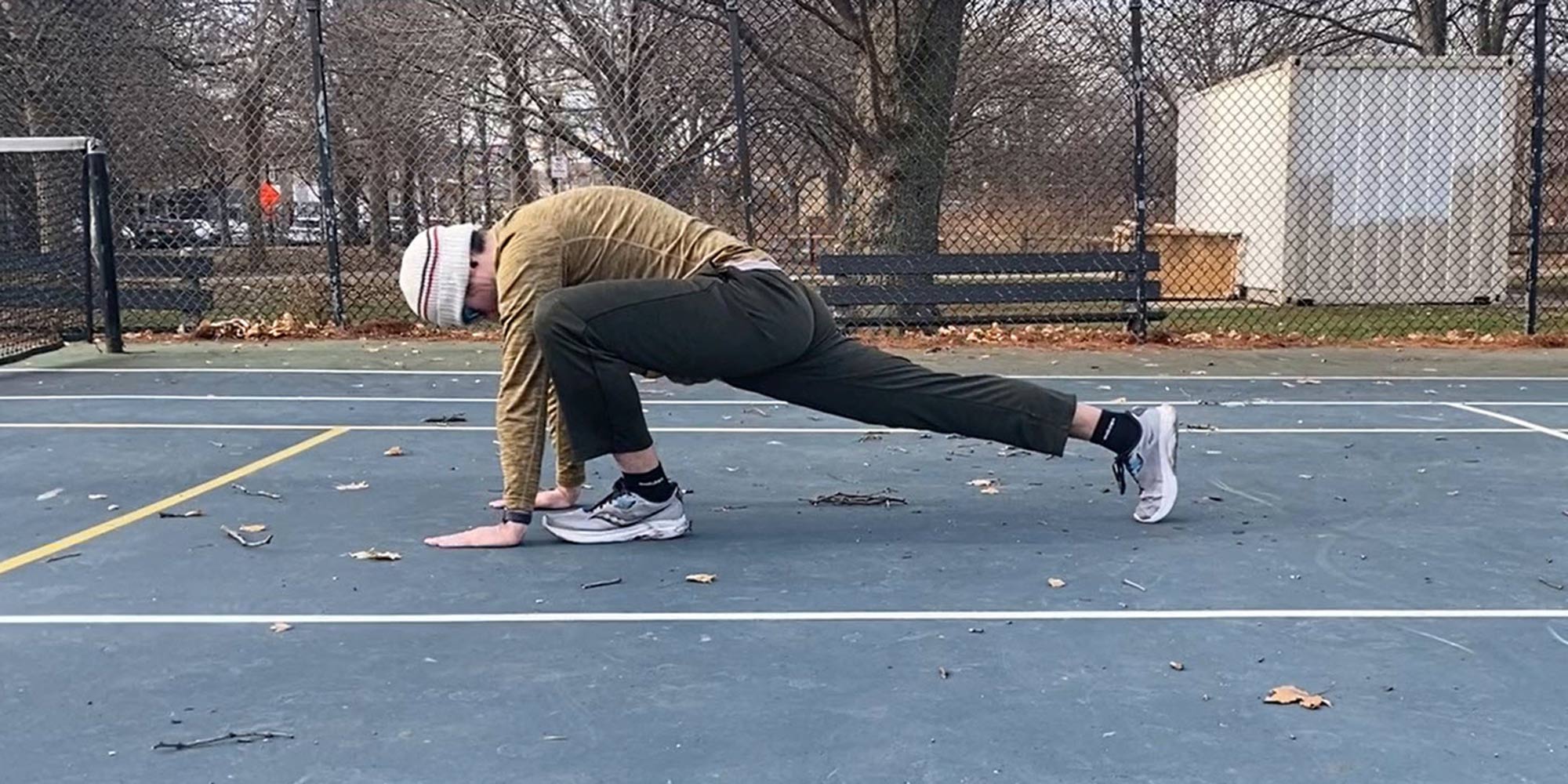Injury Prevention
There is nothing more frustrating than getting injured, but it can often be avoided. There are ultramarathoners that consistently run over 100 miles per week. They’re able to do that because they work hard to prevent injuries.
- Do dynamic stretching before every run and static stretching after every run.
- Have a strength training routine. Muscles need to be strong enough to handle the stress and impact of running.
- Be careful playing other sports. You might want to avoid basketball for example, especially if you haven’t played in a long time.
- Pay attention to the surface that you’re running on. If you’re running on grass or an old uneven sidewalk you could possibly twist your ankle or trip. I like to do fast runs on a track or a trail.
- Always wear high quality running shoes. Most experts say a high quality pair of running shoes will last between 300 to 500 miles. I ran in shoes too long when I started out and ended up with a toe injury.
- Run with good form. Good form reduces the stress placed on muscles, joints, tendons, and ligaments.
- Have a good diet and stay hydrated. Proper nutrition helps the body recover and maintain a healthy weight, which can reduce the risk of overuse injuries.
- Don’t try to progress too fast, be reasonable. Build up your weekly mileage gradually. Don’t wait until your training plan begins to start running.
- If you do get injured, don’t ignore it. Depending on how serious it is, you should either rest or go to the doctor.
Dynamic Stretching
Dynamic stretching is a way to stretch out through movement. It’s different from traditional stretching, or static stretching, where you stretch without movement. Dynamic stretching should be done before every run because it will improve flexibility, range of motion, and strength. This will help prevent injuries. Doing static stretches before a workout can tire out the muscles, they will lose their “springiness”. For a shorter run (under an hour) I do a condensed version of this routine where I do half the reps.
Static Stretching
Static stretching is traditional stretching where a position is held without moving. An example would be touching your toes for 15 seconds. Nowadays it’s universally agreed upon that dynamic stretching should be done before every run and static stretching should be done after every run. It’s also good to do on off days. It will improve flexibility, speed up muscle recovery, and help prevent injuries.
Strength Training
Muscles need to be strong enough to handle the stress and impact of running. This is a short and simple routine that I do once a week, it requires no equipment. In the off season I lift weights a few days a week.
Stretches for Plantar Fasciitis & Runner’s Knee
These are two injuries that are common for runners and I’ve experienced both of them. Plantar fasciitis is inflammation that causes heel pain and runner’s knee is damaged cartilage that causes knee pain. You should take a break from running if you experience either of these. In my case, doing these stretches regularly has prevented the injuries from ever occurring again. They’re good stretches even if you don’t have either of these injuries. It’s a lot easier to not get injured in the first place.





